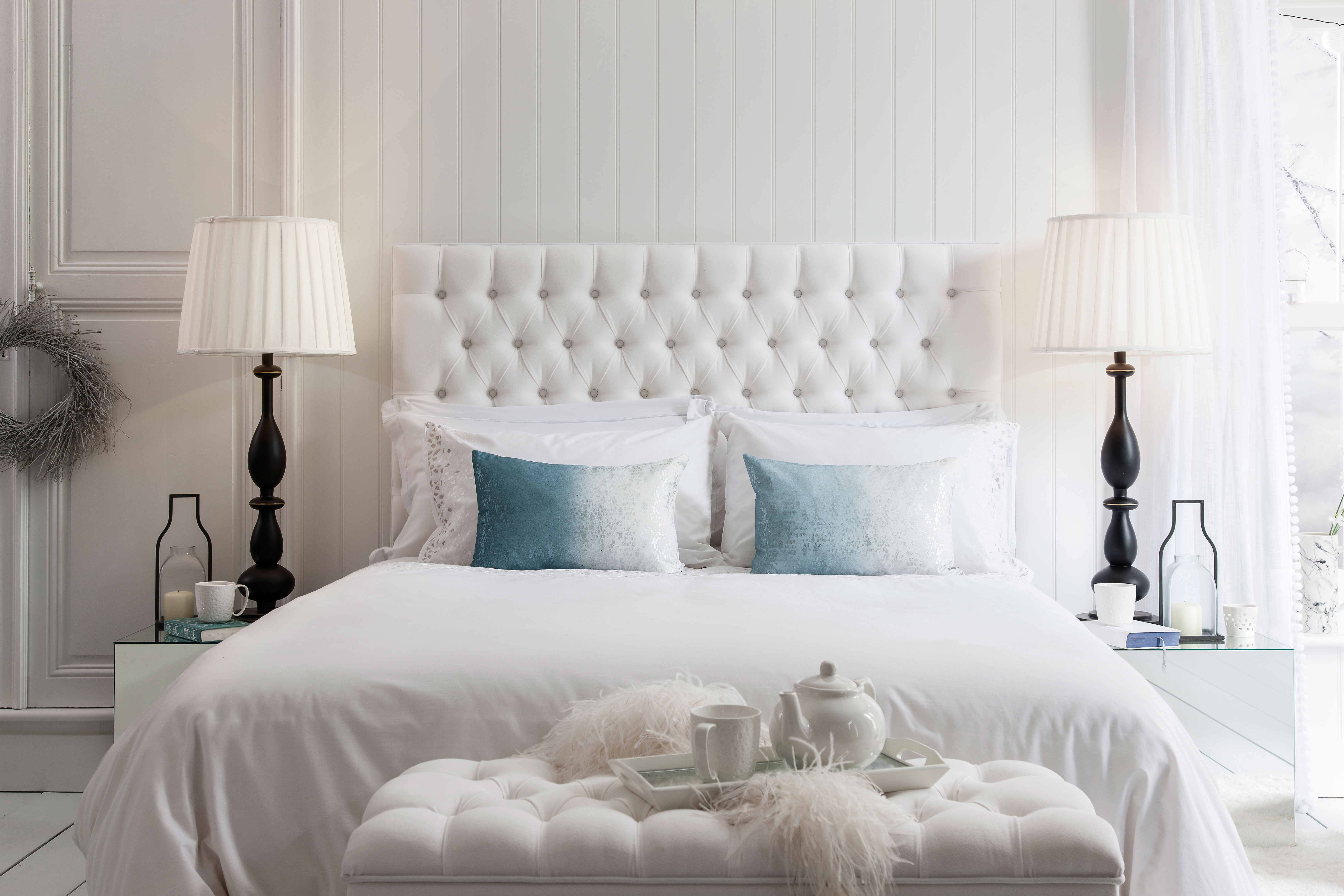Popular Bedroom Colour Trends in the UK
:max_bytes(150000):strip_icc()/sherwin-williams-bedroom-color-ideas-797974-hero-a2b76e41bbb146aebdce9711732fc8c0.jpg)
The UK bedroom colour scene is a vibrant tapestry of hues, reflecting the evolving tastes and preferences of homeowners. From calming neutrals to bold and invigorating accents, there’s a colour palette for every style and mood. Here’s a closer look at the popular bedroom colour trends that are shaping the UK’s interior design landscape.
Popular Colour Palettes
The UK bedroom colour trends showcase a preference for palettes that promote relaxation, tranquility, and a sense of well-being. These palettes often incorporate calming neutrals, earthy tones, and subtle accents that create a serene and inviting atmosphere.
- Neutral Palettes: These palettes, featuring shades of white, grey, beige, and cream, offer a timeless elegance and provide a blank canvas for personal expression. They are versatile and can be easily adapted to different styles, from minimalist to traditional.
- Earthy Tones: Inspired by nature, earthy tones such as greens, browns, and blues create a grounding and organic feel. These colours are often paired with natural materials like wood and stone, further enhancing the connection to the outdoors.
- Soft Pastels: Soft pastels like lavender, blush pink, and mint green evoke a sense of serenity and tranquility. These colours are often used in combination with white or grey to create a light and airy ambiance.
Examples of Colour Use in Modern Bedroom Designs
The way these colours are used in modern bedroom designs is a testament to the creativity and innovation of UK interior designers. Here are some examples:
- Neutral Palettes: A minimalist bedroom might feature a white or grey colour scheme with subtle accents of black or gold. This creates a sleek and sophisticated look that is both calming and stylish.
- Earthy Tones: A bedroom with an earthy palette might incorporate a deep green feature wall, paired with warm brown furniture and natural wood flooring. This creates a cozy and inviting atmosphere that feels connected to nature.
- Soft Pastels: A bedroom with a soft pastel palette might feature a lavender wall, a blush pink headboard, and white bedding. This creates a romantic and airy ambiance that is perfect for a relaxing retreat.
Popular Colour Combinations and Associated Moods
Here is a table showcasing popular colour combinations and their associated moods or themes:
| Colour Combination | Associated Mood/Theme |
|---|---|
| White & Grey | Minimalist, Modern, Sophisticated |
| Green & Brown | Earthy, Natural, Tranquil |
| Lavender & White | Romantic, Serene, Calming |
| Blue & Grey | Coastal, Relaxed, Serene |
| Pink & Gold | Glamorous, Feminine, Elegant |
Practical Considerations for Choosing Bedroom Colours: Best Bedroom Colours Uk

Selecting the right bedroom colour can significantly impact the overall ambiance and functionality of your space. While personal preferences play a crucial role, practical considerations are equally important to ensure a comfortable and inviting environment.
The Impact of Natural Light, Best bedroom colours uk
Natural light plays a significant role in how colours appear in a bedroom. The amount of natural light entering a room can influence the perception of colour saturation and warmth. For example, a cool blue shade might appear more vibrant and energizing in a well-lit room, while a warm yellow might feel more subdued in a dimly lit space.
- Rooms with Abundant Natural Light: In bedrooms with large windows and ample sunlight, you have more flexibility to experiment with bolder colours. Cool colours like blues and greens can create a calming and refreshing atmosphere.
- Rooms with Limited Natural Light: In bedrooms with smaller windows or limited sunlight, lighter and warmer colours are recommended. These colours can help reflect light and make the space feel more spacious and inviting. For instance, soft yellows, creams, and peach tones can create a warm and cozy ambiance.
Choosing Colours that Complement Existing Furniture and Décor
The colour of your furniture, bedding, and other décor elements should be considered when selecting a bedroom colour. It’s important to create a cohesive and harmonious look by choosing colours that complement each other.
- Creating a Monochromatic Scheme: Using different shades of the same colour can create a sophisticated and cohesive look. For instance, a bedroom with a dark grey bed frame could be complemented by light grey walls and a charcoal rug.
- Complementary Colour Combinations: Complementary colours are opposite each other on the colour wheel and create a high-contrast look. For example, a bedroom with a navy blue headboard could be paired with orange accents in throw pillows or artwork.
- Analogous Colour Combinations: Analogous colours are located next to each other on the colour wheel and create a harmonious and balanced look. For instance, a bedroom with a teal headboard could be complemented by blue walls and green accents.
Designing a Bedroom Colour Palette
When designing a bedroom colour palette, it’s essential to balance personal preferences with practical considerations.
- Personal Preferences: Start by identifying colours that you find relaxing and inspiring. Consider your favourite colours and how they make you feel.
- Functional Considerations: Think about the mood you want to create in your bedroom. Do you want a space that is calming and restful, or energizing and stimulating?
- Natural Light: Consider the amount of natural light your bedroom receives and how it will affect the colour perception.
- Existing Furniture and Décor: Choose colours that complement your existing furniture and décor.
